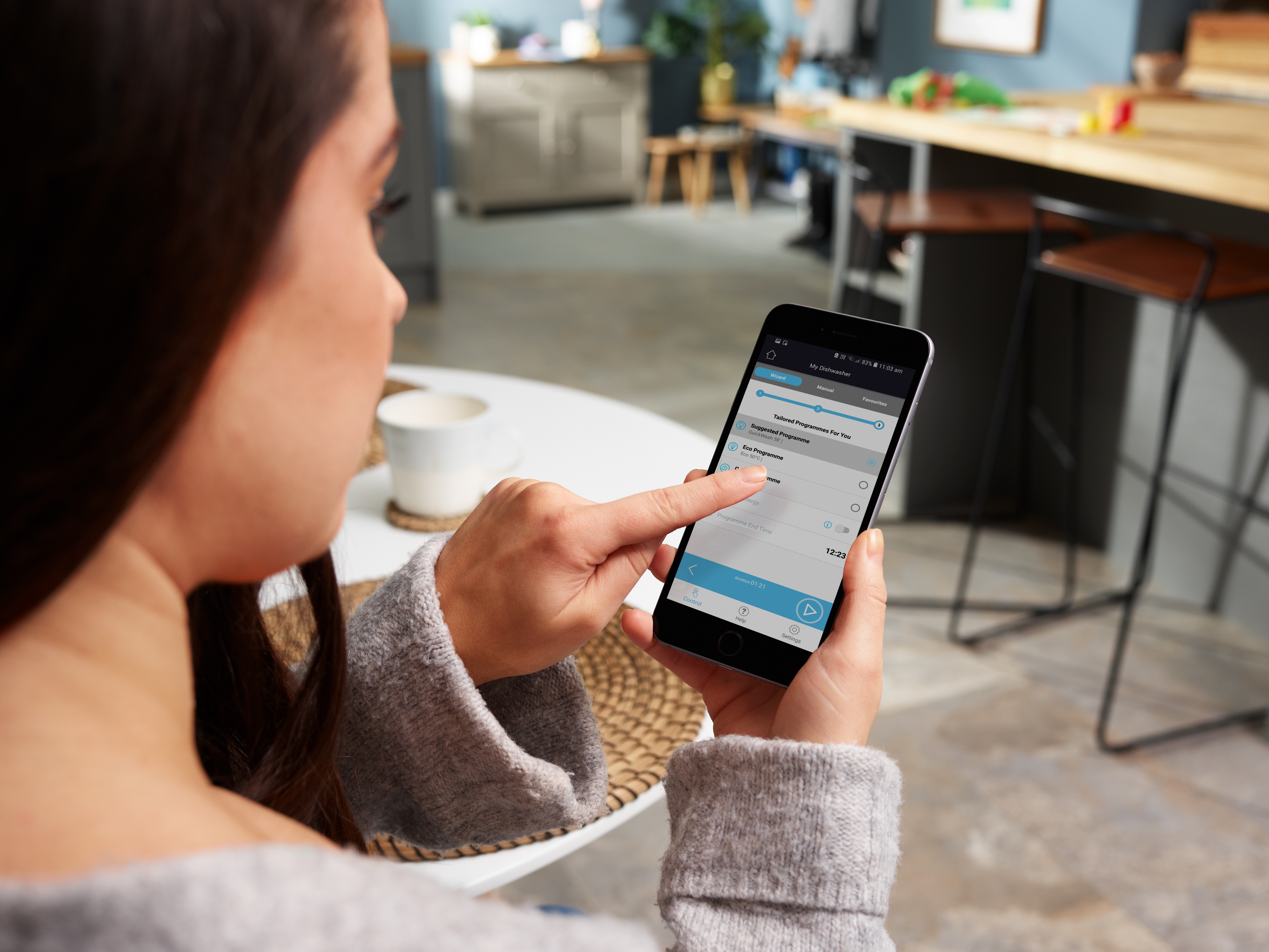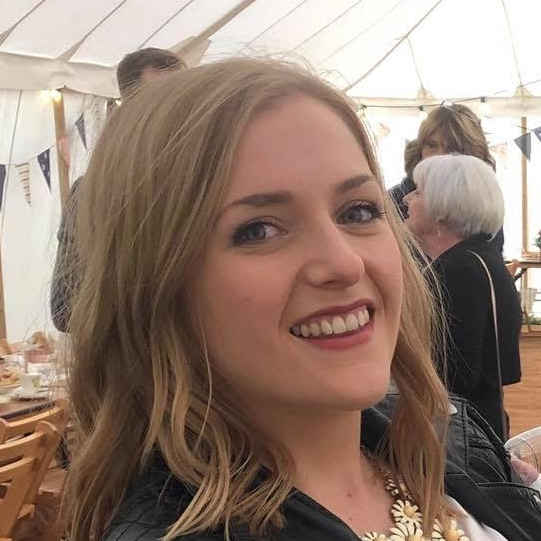5G: a 5 minute guide
What is 5G? Why do we need it? How can we make the most of it? Read the most basic guide to the latest cellular network technology in our low-jargon lowdown


Wondering what 5G is? Over the last few months, you have probably been hearing more and more about it. Most notably because of some hoohah with tech giant Huawei and various government security bods, but more rightly because it is set to change the way our world is connected.
We wanted to know more about 5G and how it will affect our lives over the coming years, so we have put together this quick guide to 5G. We have tried to limit the jargon – this is not a computer technology lesson – keeping it to a list of your most commonly asked questions about this new cellular network. Read on to find out more, then head to The Hub to see other ways to make your life easier with technology.
What is 5G?
5G is the fifth generation of mobile connectivity – a step up from widely available 4G and a big jump up from 3G which we can just about get when out in the countryside. What makes 5G different, and better, is that it works over higher radio frequencies than its predecessors resulting in more bandwidth to send information.
This means upload and download on a 5G network is much faster. In fact, download speeds are 10 times faster than on a 4G network.
- 4G highest frequency = 2.6 gigahertz (GHz)
- 5G current frequency = 3.5GHz–6GHz
Internet providers plan to use frequencies way above 6GHz for faster speeds. Downloading a film on the go – even in HD – will take a matter of seconds rather than minutes.
Latency will be cut too. This is the delay between you commanding your device to do something, and the response. Clicking elements on a webpage, or firing a weapon in an online game will be near instantaneous as 5G reduces the lag to just four milliseconds (4G is currently up to 50 milliseconds).

5G will make everything we do online faster. Do it in style with this desk from Habitat
What are the benefits of 5G?
Faster internet on the go has many benefits. Greater connectivity in our towns and cities will broaden the scope of technology and aid the safety of driverless cars. Augmented reality (AR) and virtual reality (VR) can be made better use of on a 5G network – healthcare experts see it opening up doors for remote operations and medical care.
Get small space home decor ideas, celeb inspiration, DIY tips and more, straight to your inbox!
The infrastructure is also less invasive (in some ways) than current 3G and 4G. 5G works at shorter wavelengths than its ancestors and can't travel long distances. This might sound like a hindrance (and in some ways it will be, more on this later), but it does mean that only small antennas are needed. These will be neatly and obscurely set up in urban areas on lamp posts and bus stops – for many this is preferable to the great big telephone masts dotted around the country.
What will 5G be used for?
Faster internet speeds open so many doors. Here are just a few:
- Transport: driverless cars become more feasible as traffic control and road conditions will be easy to respond to;
- Work: working on the go will be improved in a way busy 4G networks can not allow;
- Smart devices: appliances, wearables and other smart devices will all get use of the 5G network, leading to a better connection with your home when you are out and about;
- Healthcare: low latency will allow doctors to operate on a patient from anywhere in the world. Remote medical assistance in emergency situations will also be possible;
- Education: AR and VR can be used to teach students remotely;
- Farming and industry: Sensors and machinery connected by a 5G network will create more efficient workflows.

Samsung is helping us make further steps to a fully-connected home with their Family Hub smart fridge
Why should homeowners care about 5G?
The number of devices in our homes is rapidly increasing. Most of us have some kind of streaming device, many are now adopting smart kitchen appliances or smart speakers too. Our security systems and even our lighting are also becoming smarter.
The issue with this on a standard home Wi-Fi network is that every device you buy adds drag. Boosters and generous broadband packages can only go so far in keeping your home connected. What 5G will offer is not only decreased latency for any devices connected to the network, but it will also be able to handle more devices at once.
It will be faster than home broadband and many mobile providers believe it will replace home broadband altogether, with Three selling 5G home routers in London already. What's more, expanding the network is far easier than having to dig up roads for fibre broadband!
There are also plans to create networks that prioritise different devices on the system. Driverless cars for example will always get the highest bandwidths available, whereas your smart washing machine can operate at a slightly lower speed as it is less dependent on instantaneous instructions. This makes it more efficient than other networks.
Is 5G safe?
The short answer is yes. Much like radio waves, 5G sits at the non-ionising end of the electromagnetic spectrum. They have much lower frequencies and longer wavelengths than the damaging ionising radiation (such as X-rays and gamma rays) at the other end of the spectrum – lower in fact than visible light and UV that we are exposed to on a daily basis.
There is no reliable evidence that there's any cancer risk associated with use of 5G as non-ionising radiation is not capable of causing the DNA damage that leads to tumours. And, if we take the use of all mobile phones as an example, there has been no evidence of an increase of brain tumours in the last 20 years, despite a 100 per cent increase in use of personal mobile phones and their radiowaves.
Will 5G have any drawbacks?
One problem with 5G is that because the wavelengths are shorter than 3G and 4G, it can't travel long distances and is easily disrupted by structures (you know, the things our cities are full of...). Devices will require a sightline with the transmitter and so walls and even heavy rain can block signals.
To get around this, urban areas will be covered with small antennae everywhere. Fortunately these will be much smaller than any phone towers we are familiar with.
It does mean that buildings will need transmitters inside, too. Setting up a home 5G network might be tricky for early adopters as we work out how many and where these need placing.

Rain might be a hindrance for 5G networks. The Ezviz security camera can be linked to your home WiFi
Where is 5G available?
South Korea was the first country to roll out nationwide 5G in April 2019. In other countries with 5G, this is limited to larger towns and cities, with the US and China aiming to have nationwide 5G in 2020.
In the UK 17 towns and cities have 5G available on at least one mobile phone network and by the end of 2019 5G will be available in 25 UK cities. EE and Vodafone have been the earliest adopters with Three offering 5G in major cities by the end of 2019. By summer 2020, O2 will have joined them.
UK cities with 5G from at least one network:
- Belfast
- Birkenhead
- Birmingham
- Bristol
- Bolton
- Cardiff
- Edinburgh
- Gatwick
- Glasgow
- Lancaster
- Liverpool
- London
- Manchester
- Newbury
- Plymouth
- Stoke-onTrent
- Wolverhampton
You can check when 5G will be available in your area on the 5G coverage checker.

The LG V50 ThinQ is one of the leading 5G enabled smartphones
How to 'get' 5G
Once 5G is available in your area, you will need to get your hands on 5G enabled devices. Many leading mobile phone brands have already released their 5G models – currently these are only on Android operating systems so if you are an Apple fan, you will have to wait until the second half of 2020.
Samsung, Huawei, Oppo, LG, Xiaomi and OnePlus all have models out already. See the best 5G phones on T3.
Next, we expect a number of other devices to be 5G enabled. From fitness trackers to smart fridges everything will at some point need to be able to connect to the 5G network.
Read more on connecting your home:
- Get online with the best broadband deals
- Do I really need smart kitchen appliances?
- Ding dong! Check out the best video doorbells

Lindsey is Editor of Realhomes.com and Editor in Chief for Home Ecommerce at Future. She is here to give you aspirational, yet attainable ideas for your home and works with her team to help you get the best buys, too. She has written about homes and interiors for the best part of a decade for brands including Homes & Gardens, Ideal Home and Gardeningetc and isn't afraid to take the inspiration she finds at work into her own space – a Victorian terrace which she has been (slowly) remodelling for the last eight years. She is happiest sipping a cup of tea with a cat on her lap (if only she had a cat).